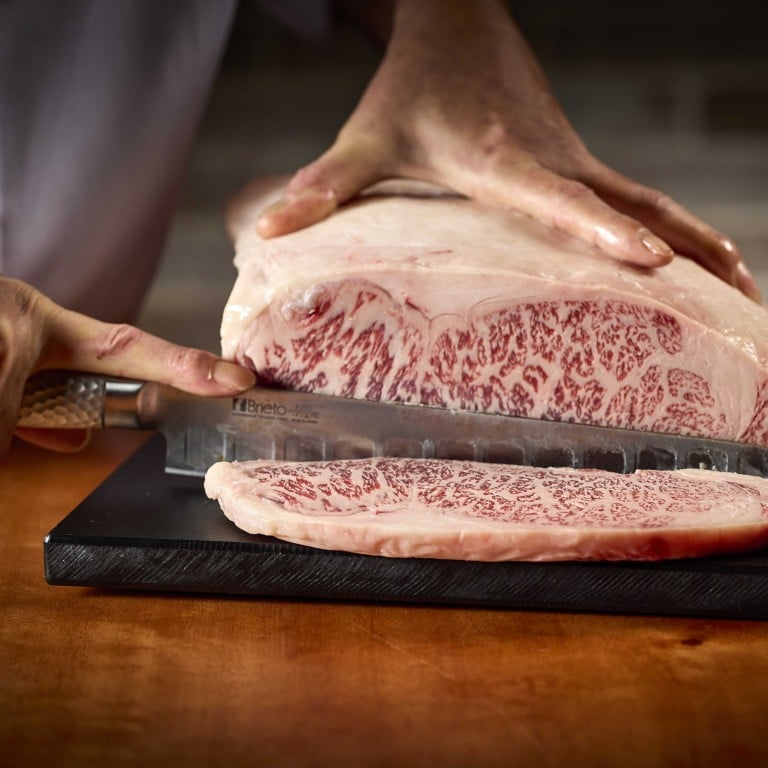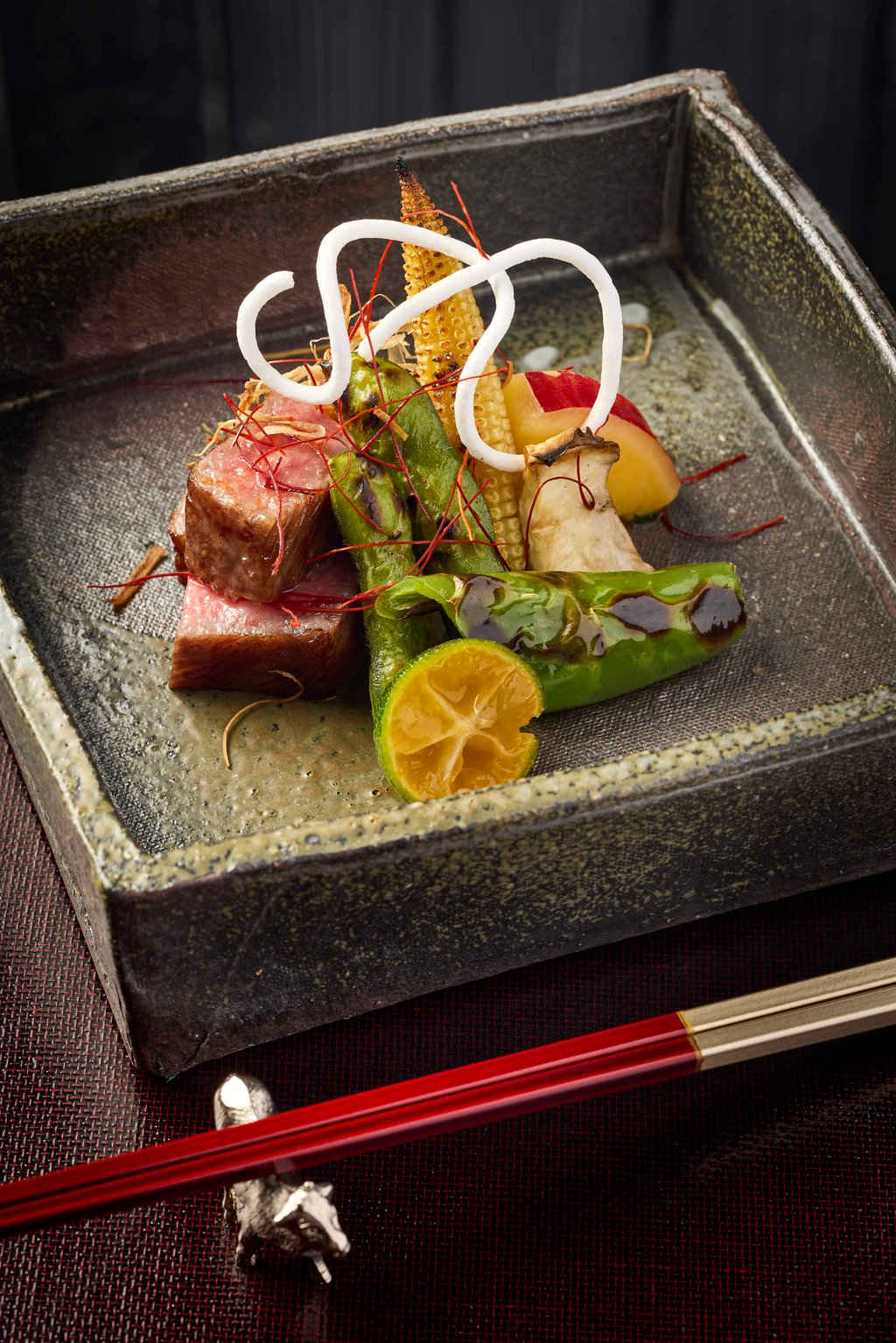The ‘Rolls-Royce of beef’: why is Wagyu so popular – especially in Hong Kong? Served in fine dining restaurants across the city, the beautifully marbled, melt-in-your-mouth meat is even healthier, too

- Japanese Wagyu is graded by experts using the Beef Marbling Scale, with scores of one to a highest of 12 indicating the amount and quality of marbling
- Wagyu beef is considered healthier too, with its high concentration of monounsaturated fats, one of the so called ‘good fats’ – and Hong Kong chefs reveal how to best prepare it
Wagyu is the Rolls-Royce of beef. It sits at the very top of the league of meats, a coveted delicacy associated with luxury, salivated over by carnivore foodies the world over. Its popularity shows little sign of waning either in Hong Kong or around the world. So what is it that makes Wagyu so special? We reached out to some experts to find out.
The first thing to know: although in the strictest sense the word translates simply to “Japanese cow”, Wagyu is in fact one of four specific cattle breeds, each with specific genetic qualities. While it is often associated with Japan, Wagyu cattle is also now also bred in countries as far apart as Australia, the United States and the United Kingdom.
The most celebrated characteristic of Wagyu is the breed’s high levels of evenly distributed intramuscular fat, usually referred to as marbling. This is what gives the resulting cooked beef an unctuous richness, a buttery mouthfeel and arguably superior flavour. To top it all off, Wagyu is considered healthier, with a high concentration of monounsaturated fats, one of the so called “good fats”.
Japanese Wagyu is graded by highly trained independent assessors using the Beef Marbling Scale (BMS). Scores between one and 12 rate the amount and quality of marbling, with 12 the highest degree. More commonly seen on restaurant menus are “A” ratings between one to five, or “M” ratings up to nine. In both cases a higher number denotes superior quality; both A5 and M9 are equivalent to a BMS of 8-12.

“The marbling on each piece of Wagyu is unique, the higher the marbling score, the creamier the texture and the fuller the flavour,” explained Ken Kwok, executive chef of Wan Chai-based French-Japanese steakhouse Bifteck. “With strict grading systems in place, quality is more guaranteed.”
Wagyu cattle are raised carefully with the utmost care, with farmers taking extra measures towards their well-being, which affects the quality and flavour
Pampered Wagyu cows are raised in low-stress environments and given precise and sometimes indulgent care, which is said to be part of the reason for the meat’s superior taste. This can range from free-range grazing, noise monitoring and tailored diets, through to more unusual luxuries, such as massaging the animal, or the additions of red wine or beer to feed.

AP Place Hong Kong Co Limited, the parent group of Japanese restaurant Ushidoki, sources Wagyu from a farm with a reputation for providing cows with five-star treatment is. “Our Odagyu Wagyu comes from the Oda Chikusan ranch in Kagoshima,” said managing director Masashi Kamatani.
“The cows’ ‘accommodation’ for two years is luxurious, lofty, well-ventilated barns laid with fir and cypress mats, and they are served a specially designed feed of 12 ingredients rich in rice and barley. This rearing ensures healthy bones and fine meat, with outstanding marbling and a low-fat melting point for melt-in-the-mouth consistency.”
